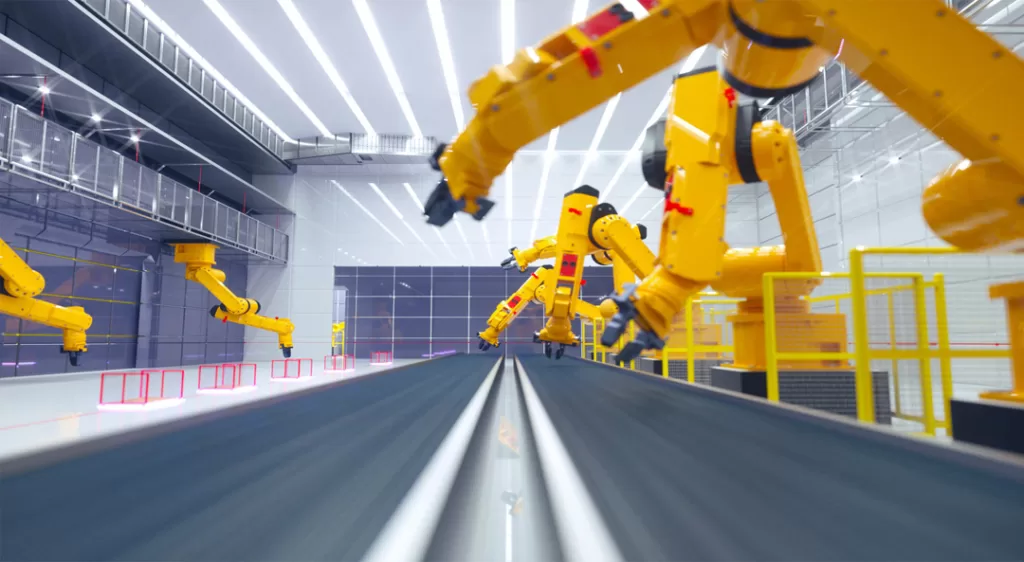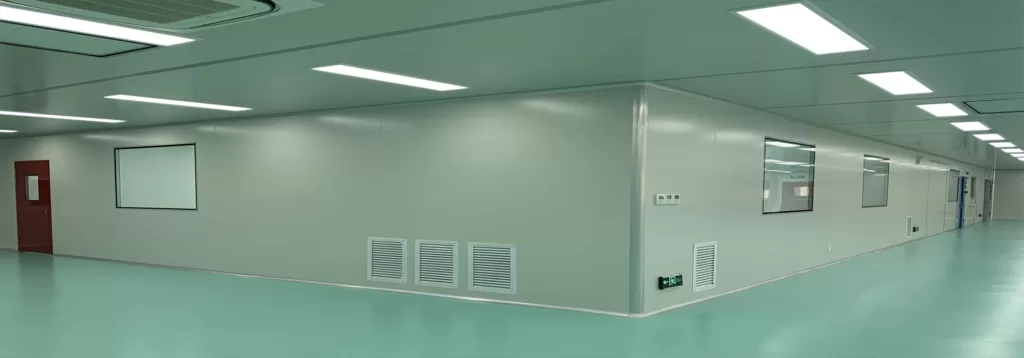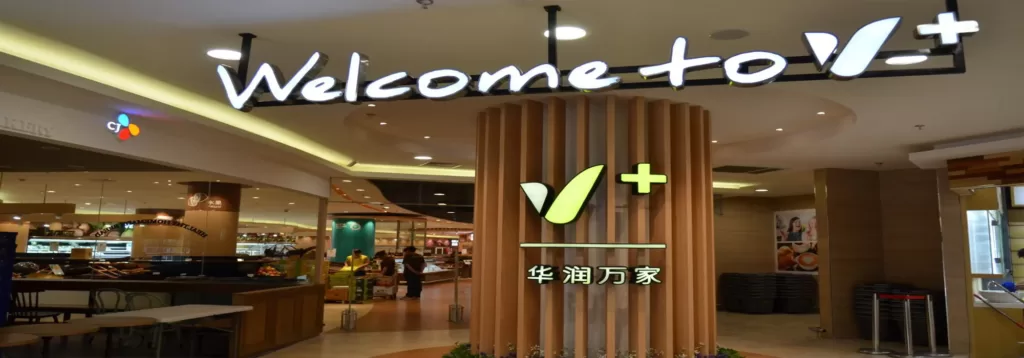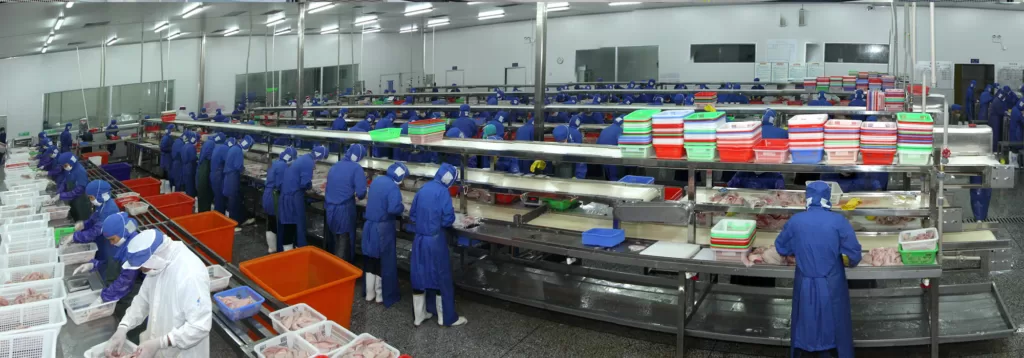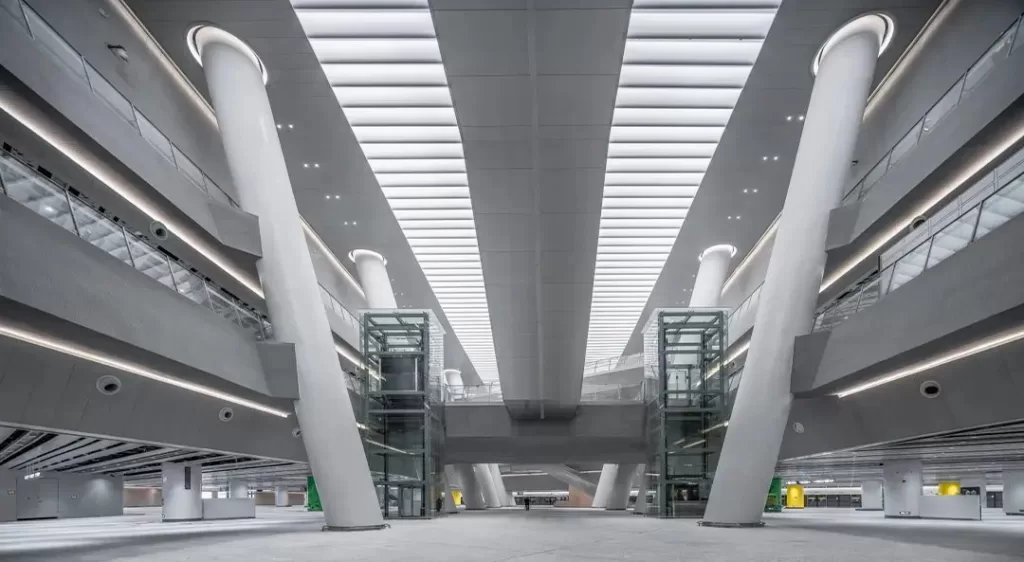Microwave sensor, also known as microwave radar, is an instrument made using the Doppler principle of electromagnetic waves. Microwave sensing is known by changes in reflected waves when an animal is approaching or away. Induction lights are often used in corridors, corridors, garages and other scenes, and microwave sensors can also be used as anti-theft alarm devices. Parking application case 1. Assume that lights A and Z are microwave lights (that is, equipped with microwave sensors), as shown below: 2. When car 1 or 2 enters the parking lot, the microwave sensor receives the microwave trigger model and reports it to the cloud. The cloud synchronously enables all microwave policies in the multicast packet, and all the lights in the multicast packet turn on, and the brightness is determined by the timed microwave policy, as shown in the figure below: 3. When the holding time of the microwave strategy is over, no other motion will trigger, and the whole set of lights will enter the standby brightness, as shown in the figure below: 4. If there are more cars in the warehouse, the strategy will be executed again, and all the lights in the group will be on again, as shown in the figure below: Note: Microwave induction is the induction of moving objects, so it is not limited to cars but also includes people walking around Microwave linkage effect Assuming that there are 6 and 5 non-microwave lamps in the lighting system, the microwave linkage function is to realize that when the microwave is triggered (that is, when the mobile trigger signal is received), the other 5 non-microwave lamps are driven to simulate the microwave and execute the microwave policy, provided that the 6 lamps need to set the same microwave policy within the same microwave policy effective time.Suppose there are 6 lamps in the lighting system, 1 microwave lamp and 5 non-microwave lamps. The microwave linkage function is to realize that when the microwave lamp is triggered (that is, when the mobile trigger signal is received), the other 5 non-microwave lamps are driven to simulate the microwave and execute the microwave strategy. The premise is that all 6 lamps need to set the same microwave policy within the same microwave policy effective time The microwave linkage operation steps of the lighting control system are as follows Step 1: Set different microwave policies for the 6 lights Step 2: Group 5 non-microwave lights into the same multicast group Step 3: Turn on the “Microwave report switch” of the microwave lamp and select “Microwave Association Group Number”. After the setting is complete, whenever the microwave lamp receives the trigger signal, the non-microwave lamp will also be linked to light up according to the microwave strategy, so as to achieve the effect of one microwave lamp driving multiple non-microwave lamps Light perception: Light-controlled induction, induction is the environmental illuminance, when the environmental illuminance is lower than the limit value it will induction open, when the environmental illuminance is higher than the limit value it is closed. Light induction is generally used for induction when the light is dark, and induction is not required when the light is bright; Dual light sensing technology can automatically identify environmental natural light, distinguish natural light and artificial light Example light sensing scene: Suppose that the sense of time is set in the lighting system, the limit value of ambient brightness =100lux, hold =7H=25200S, hold brightness =100%, standby brightness =20%
